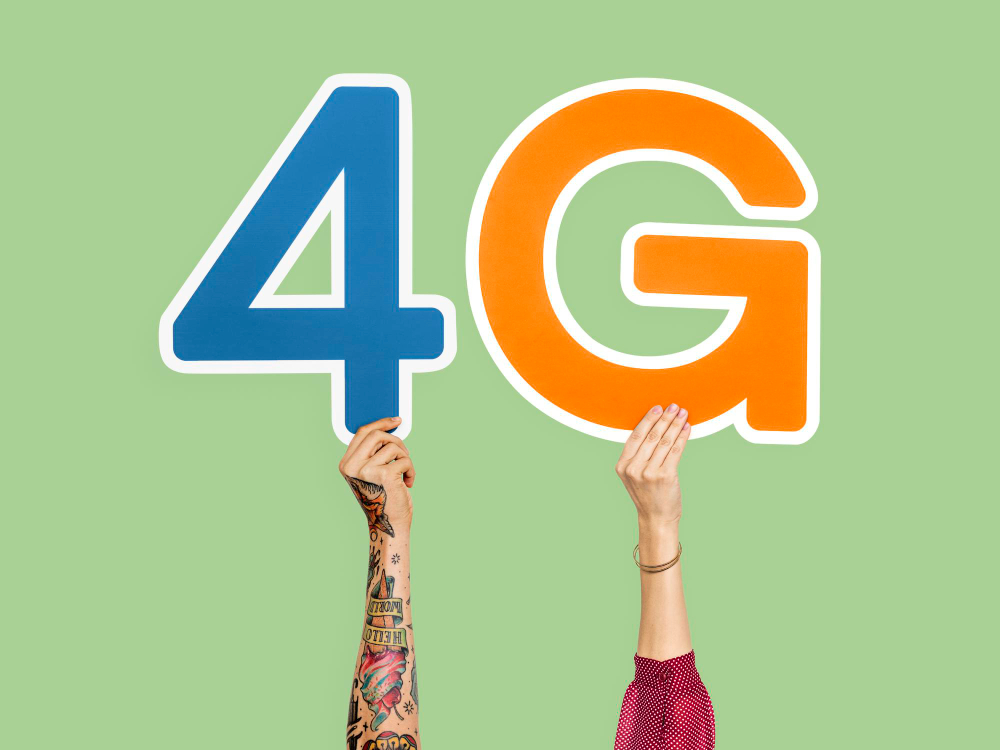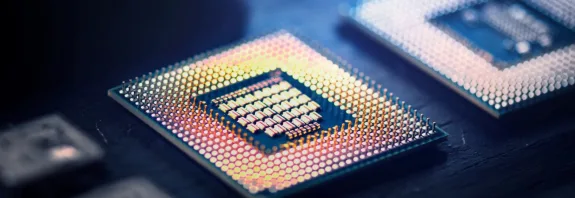What is 4G or LTE?

What is 4G or LTE? The Fourth Generation of Mobile Networks, Known as 4G (or 4G LTE)
What is 4G or LTE? 4G, often referred to as 4G LTE, has ushered in a new dimension of internet connectivity, transforming how we use mobile phones and other devices. It has delivered significant improvements in data speed, reliability, and performance, impacting both our daily lives and the business landscape. Let’s take a closer look at what 4G is and how it has reshaped our interaction with networks.
What is 4G?
4G stands for “fourth generation” of mobile networks. Introduced in the mid-2000s, this technology stands apart from its predecessors (1G, 2G, and 3G) by offering faster data transfer rates and more reliable connections. Designed to handle large volumes of data, 4G enables rapid downloading and uploading of files, videos, and other multimedia content.
Key Advantages of 4G LTE
- High Speed: 4G provides substantial bandwidth, allowing users to download files, videos, and multimedia content in real-time with impressive speed.
- Low Latency: Reduced latency (ping) enhances the smoothness and responsiveness of online gaming and video calls.
- Improved Reliability: 4G offers a more stable connection, making it ideal for streaming video and multimedia without interruptions.
Applications of 4G LTE
- Mobile Internet: 4G ensures fast and stable internet access on devices like smartphones and tablets.
- Mobile Video: With 4G, users can stream HD and 4K videos on their devices without buffering.
- Internet of Things (IoT): 4G supports connecting a wide range of devices to the network, including sensors, home appliances, and vehicles.
- Mobile Banking and Commerce: It provides secure and swift access to financial services and e-payments.
The Future of 4G
While 4G is already widespread, developers have continued to refine it. Technologies like 4G+ (or 4.5G) and 4G++ (or 4.9G) have boosted speed and performance even further. Efforts have also focused on improving energy efficiency to extend device battery life. As 5G emerges, 4G remains a critical backbone, evolving alongside newer technologies.
4G has revolutionized communication, entertainment, and work by providing fast, reliable internet access from virtually anywhere, making life more convenient and connected.
Key Milestones in the History of LTE Technology Development – What is 4G?
LTE (Long Term Evolution) forms the foundation of modern mobile communication, and its evolution has unfolded through several pivotal stages:
1. The Birth of LTE (2004–2008)
- 2004: The 3GPP (3rd Generation Partnership Project) began work on LTE as part of Release 8, aiming to significantly boost data speeds, reduce latency, and increase network capacity compared to 3G.
- 2006: Core technical specifications for LTE were defined, including OFDMA (Orthogonal Frequency-Division Multiple Access) for downlink and SC-FDMA (Single Carrier FDMA) for uplink.
- 2008: The first LTE specification was published in 3GPP Release 8, laying the groundwork for the standard’s future development.
2. Initial Commercial Deployments (2009–2011)
- 2009: TeliaSonera launched the world’s first commercial LTE network in Stockholm, Sweden, and Oslo, Norway, marking the debut of 4G technology based on LTE.
- 2010: The first LTE-compatible smartphones emerged, though early models were limited in features and expensive.
- 2011: Large-scale LTE network rollouts began in the US, Europe, and Asia, with Verizon and AT&T among the first major operators to offer LTE services.
3. Expansion and Globalization (2012–2015)
- 2012: LTE-Advanced (3GPP Release 10) debuted, introducing Carrier Aggregation to boost bandwidth and data speeds.
- 2013: Operators worldwide began adopting LTE as the primary mobile standard, phasing out 3G.
- 2014–2015: LTE networks proliferated globally, with many countries starting to retire 2G and 3G in favor of LTE.
4. Integration with 5G and Evolution (2016–2020)
- 2016: Development and testing of LTE-Advanced Pro (3GPP Releases 13–14) brought higher speeds, greater efficiency, and a foundation for 5G integration.
- 2017: LTE-M (Machine LTE) and NB-IoT (Narrowband IoT) were introduced as part of LTE-Advanced Pro to support IoT applications.
- 2018–2020: LTE served as a bridge to 5G, retaining its importance for high-speed mobile connectivity during the transition.
5. Present Day and Legacy (2021–Now)
- LTE remains widely used, especially in regions where 5G coverage is incomplete.
- LTE networks are being optimized and upgraded to work seamlessly with 5G, ensuring a smooth transition between technologies.
These milestones illustrate how LTE evolved from a concept into a cornerstone of mobile communication, dramatically improving internet access and connectivity worldwide.









